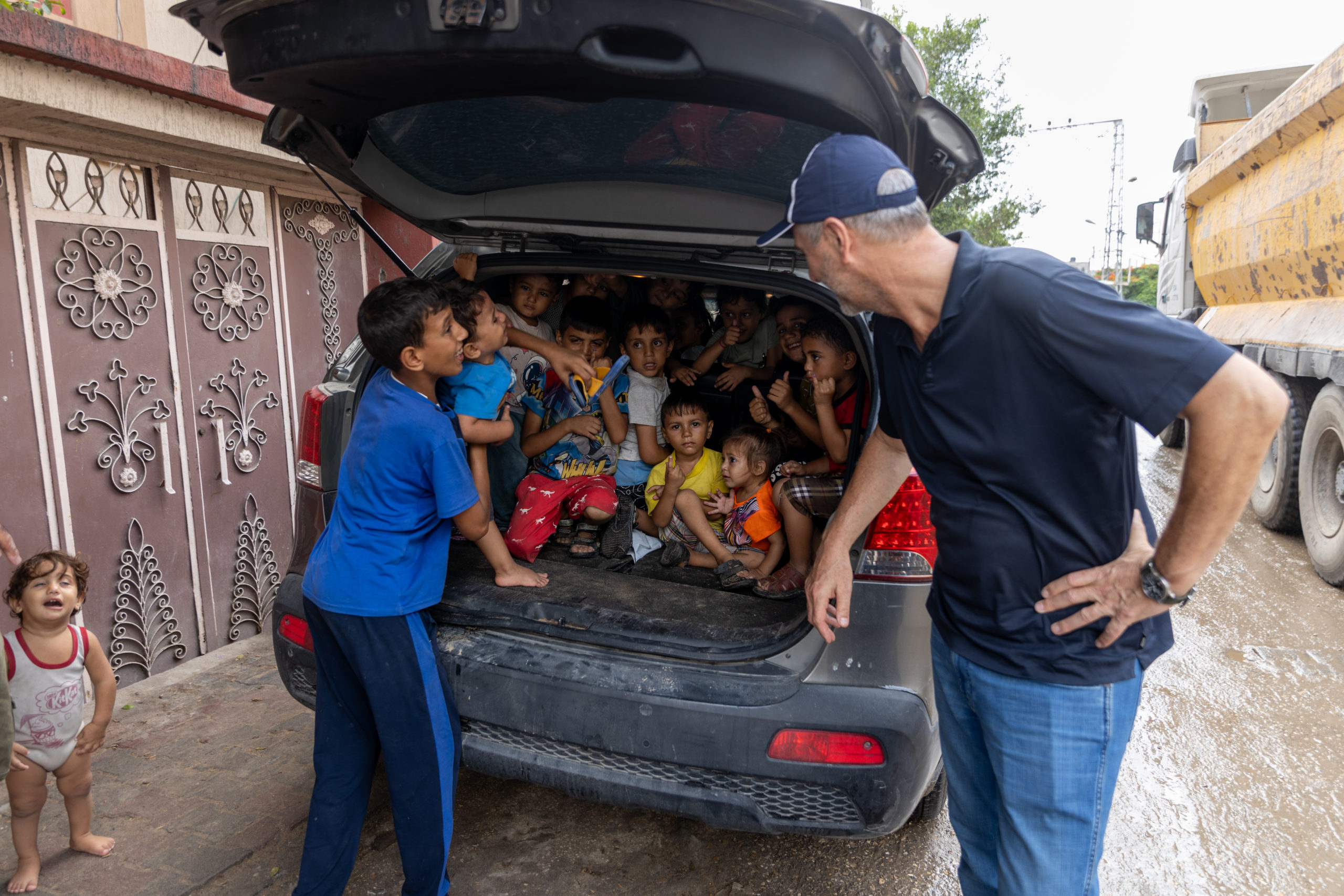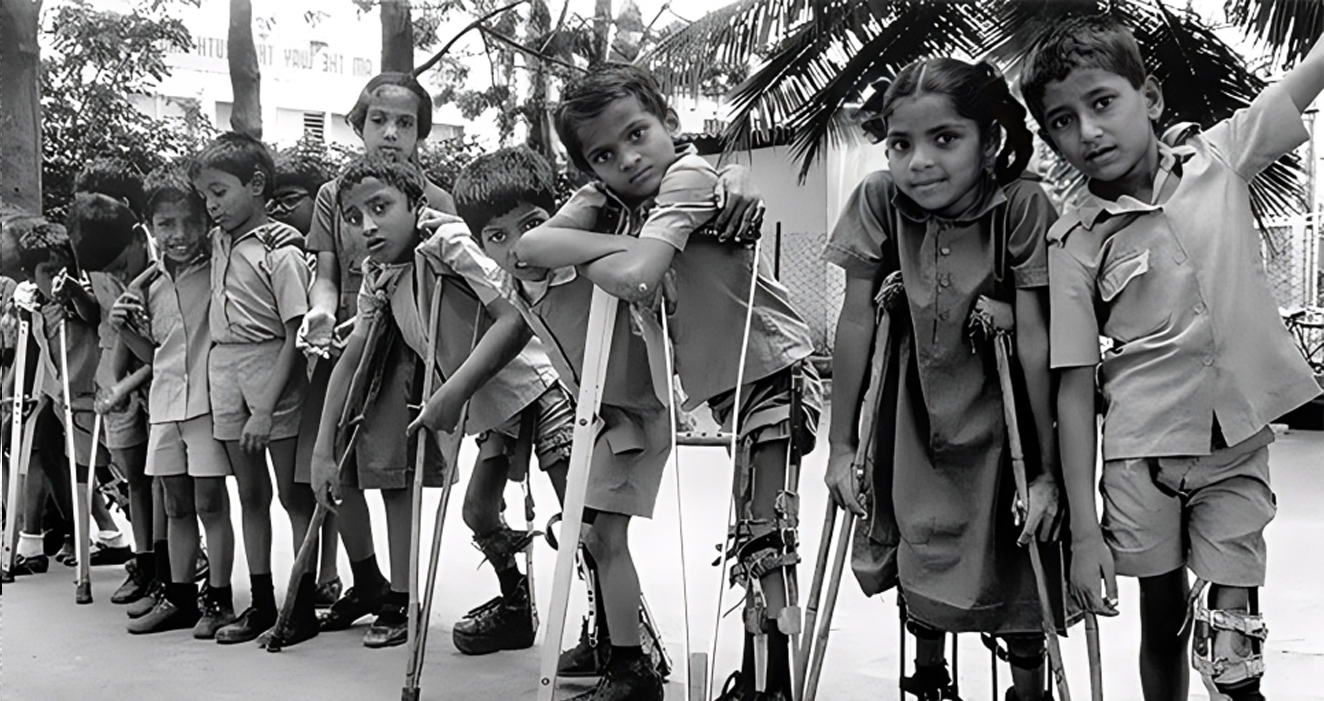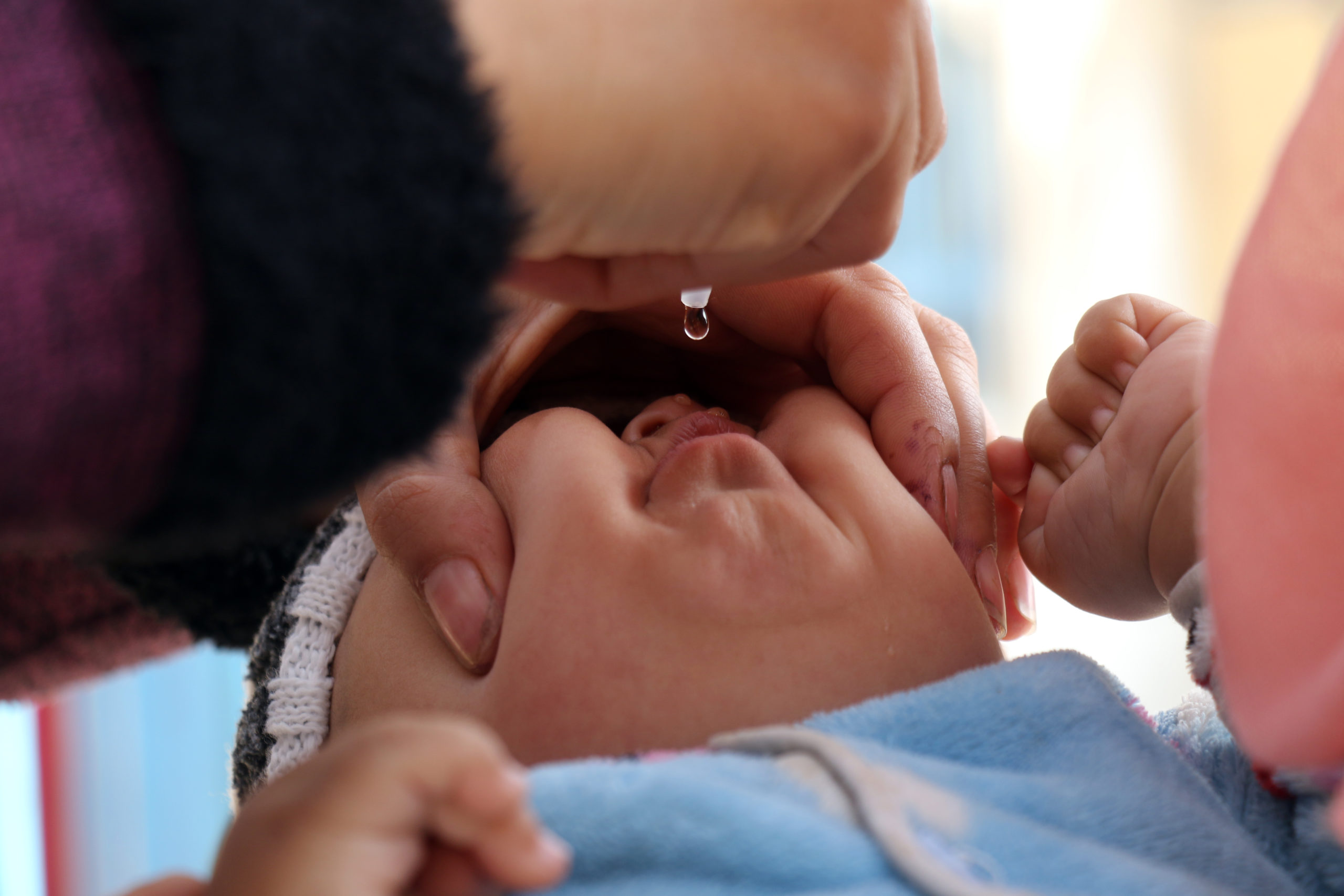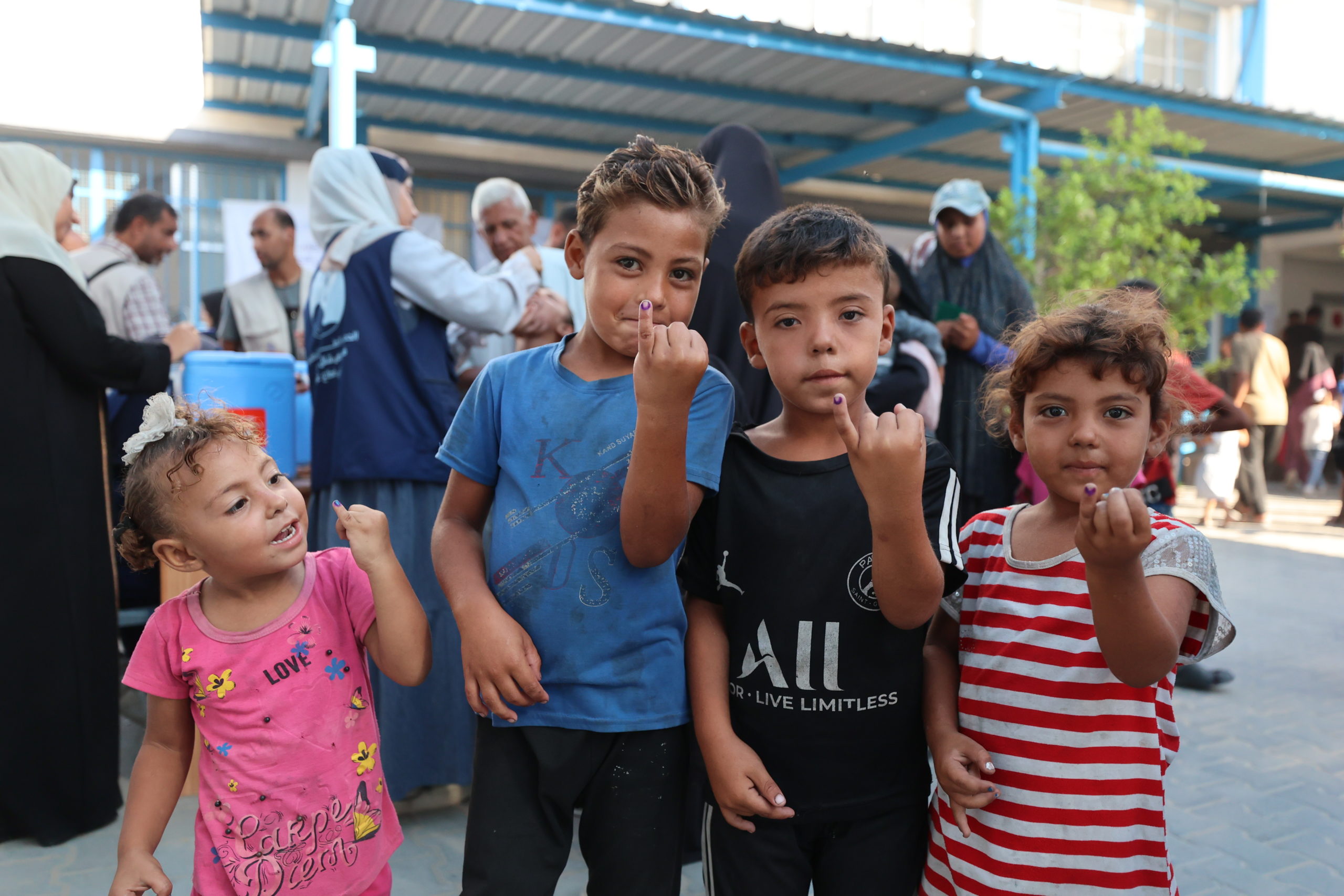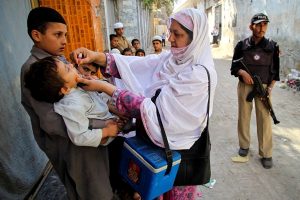
Any polio outbreak begins in the same way: a child complaining of a headache and a fever. Within just a few hours, the virus causes rapid onset, floppy, paralysis, for which there is no cure. Whether caused by one of the three strains of wild poliovirus (WPV) or by circulating vaccine derived poliovirus (cVDPV), the result of is the same: a lifetime of paralysis that could have been prevented with a simple vaccine.
The Global Polio Eradication Initiative (GPEI) works to stop all types of the virus permanently, to provide a polio-free world for future generations. In 2014 and 2015, cases of paralysis caused by cVDPVs have been reported in Madagascar, Mali, Nigeria, Pakistan, South Sudan and Ukraine. The GPEI responds to children paralysed by cVDPVs just as they would to an outbreak of WPV- with technical support to the country, strengthened and expanded surveillance, community engagement and a rapid, large scale immunization response
